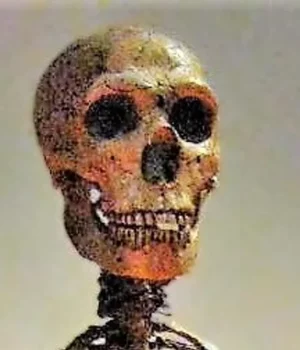Discovery of Down Syndrome in Neanderthals
International team of researchers, including scientists from Binghamton University and the State University of New York, has discovered the first case of Down syndrome in Neanderthals. The study, conducted by anthropologists from the University of Alcalá and the University of Valencia in Spain, examined the skeletal remains of a Neanderthal child known as «Tina,» found in the Covà Negra cave in Valencia. The article with the results was published in the journal Science Advances.
Key Findings
Professor Valentín Villaverde from the University of Valencia noted that this research played a key role in understanding the lives of Neanderthals on the Mediterranean coast of the Iberian Peninsula. Using microcomputer tomography, the scientists reconstructed a three-dimensional model of Tina’s cranial vault, revealing a congenital pathology in the inner ear associated with Down syndrome, which led to severe hearing loss and dizziness.
Contributions to Anthropology
«This fantastic study, which combines archaeological excavations with modern medical imaging methods, documents for the first time a case of Down syndrome in a Neanderthal,» emphasized Professor of Anthropology at Binghamton University, Rolf Quam. The research also confirmed that Neanderthals provided altruistic care and support to vulnerable members of their social group, assisting Tina despite her inability to reciprocate.
«This discovery demonstrates the existence of true altruism among Neanderthals, which is a unique phenomenon to study human behavior in the late Pleistocene,» noted Professor Mercedes Conde from the University of Alcalá, one of the lead authors of the study.






